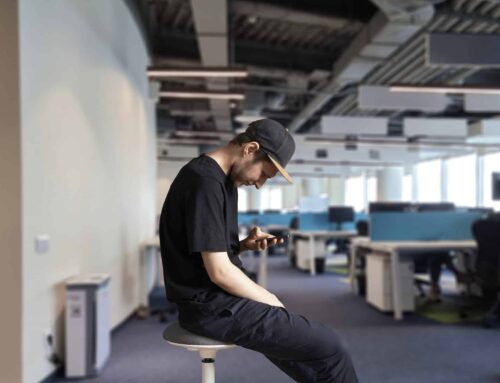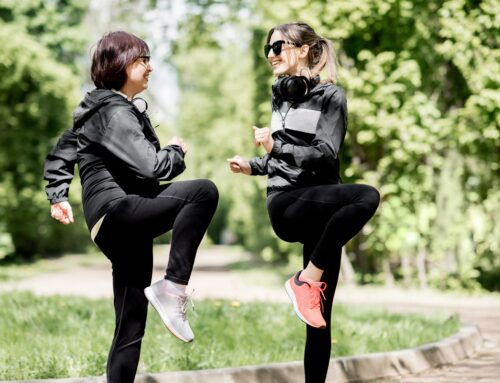As parents, it’s common to be aware of every area of a child’s development and to wonder whether these issues are typical, or maybe matters for concern. In fact, there are a number of conditions that parents often notice including toe walking, flatfeet, pigeon toes, knock-knees, and bow-legs. Of course, as children grow, many issues correct themselves without treatment or may simply be the normal variations that exist among everyone. Others may need to be examined and treated by an orthopedic doctor in order to be corrected, or to ensure that the conditions don’t become more severe.
• Toe Walking – As toddlers begin to walk, it’s common for them to toe walk. At least occasionally. However, when children continue to do so regularly after the age of three years old, it is better to rule out any possible links to other health concerns such as autism, cerebral palsy or other disorders. Often, simple calf stretching exercises can be implemented to help correct the problem.
• Flatfeet – Most babies have flatfeet, but as they grow their arches develop, typically by about the age of six. As it happens, only about ten to twenty percent will continue to have flatfeet as adults. Having flatfeet doesn’t typically cause problems and aren’t a cause for concern, unless they are painful. An orthopedic doctor may suggest inserting arch supports into shoes to help alleviate any discomfort.
• Pigeon Toes – Pigeon toeing or in-toeing is when the toes point inward when standing or walking. This may be a natural variation in the way a baby’s feet and legs align, and many children outgrow the condition as teens, when they develop greater coordination and muscle control. Although pigeon-toe walking rarely requires treatment, occasionally, it may be related to other medical conditions such as cerebral palsy.
• Bow-legs – When the legs appear to bow out, knees gaped apart although the ankles are together in an exaggerated bend, it is known as bow-legs. This is a common condition in babies, which oftentimes is corrected as they grow. However, severe bowing may be due to diet deficiencies and an indication of a condition known as Rickets. Another concern may be Blount’s disease and may require treatment for correction. Parents should be aware if their child’s bow-leggedness becomes more pronounced or affects only one leg.
• Knock-knees – This condition is when knees angle in toward each other and touch when standing, yet the feet do not touch each other. As with bow-legs, this condition often corrects itself as the child grows and develops and rarely requires treatment, unless painful or more severe on one side.
If you have concerns about your child’s orthopedic development, please call or visit our caring doctors at Spine & Orthopedic Center today.







Leave A Comment